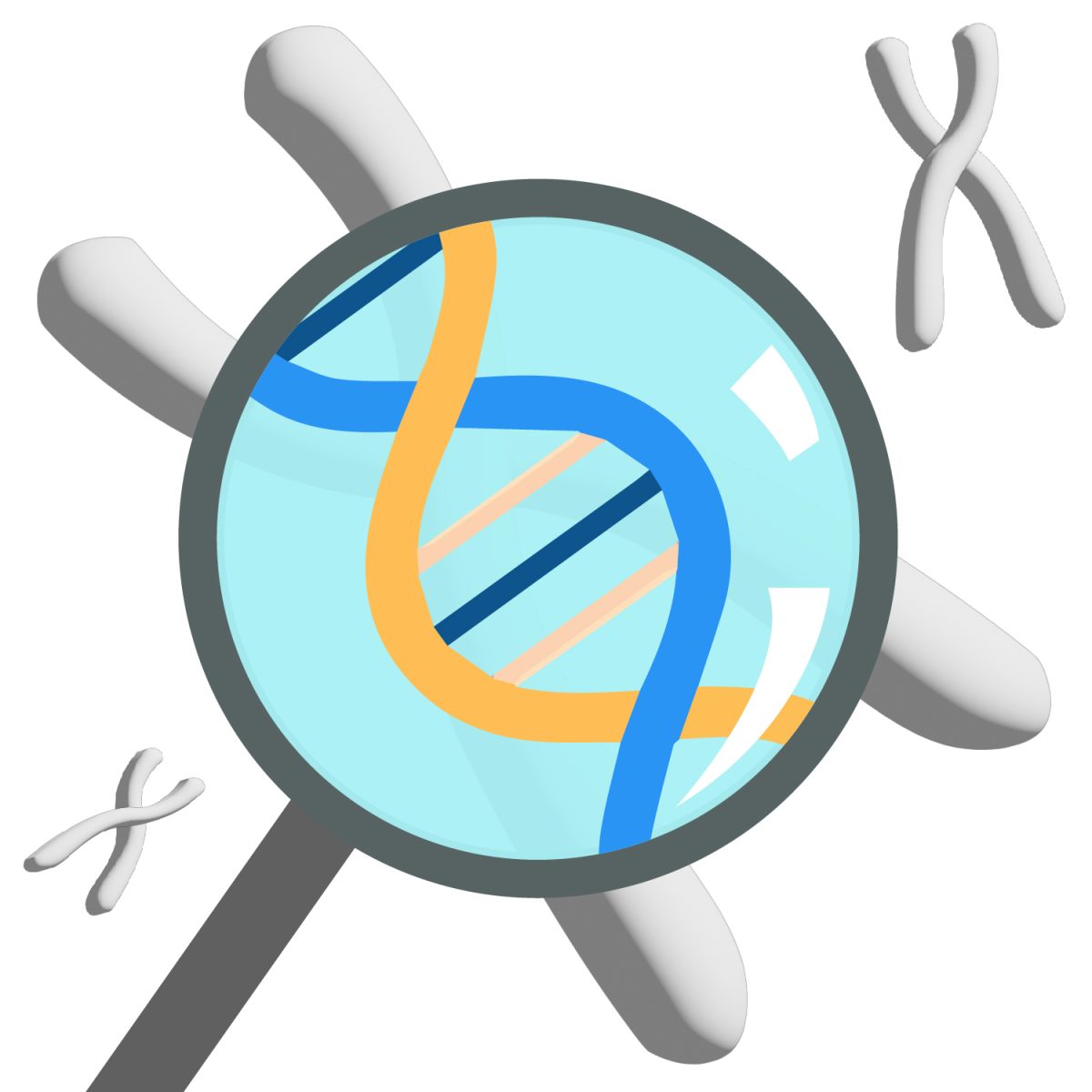Parkinson’s Disease is a nervous system disorder that causes involuntary bodily movements such as shaking, tremors, stiffness, loss of balance and incoordination. This disease has no known cure, but medication can help alleviate symptoms.
In April 2023, an article that was published in “The Lancet Neurology” described a new method for diagnosing Parkinson’s Disease. Researchers discovered that abnormal alpha-synuclein cells in the brain and body are linked to the development of PD.
Alpha-synuclein cells are pre-synaptic neuronal proteins that inhibit neurotransmitter release and are responsible for diseases like PD, dementia with Lewy bodies (DLB) and multiple system atrophy (MSA). Alpha-synuclein is not usually dangerous, but it can misfold and clump together, causing damage to neurons and putting people at risk of PD.
A new tool, named the alpha-synuclein seeding amplification assay (αSyn-SAA), can assist in detecting these specific proteins in the spinal fluid of those with PD and in those who have not yet been diagnosed.
In the study, spinal fluid samples were taken from participants and a fluorescing agent was added. Normal alpha-synuclein is then seeded into the sample. If the participant has abnormal alpha-synuclein, clumps will form, and the sample will glow.
This new method is highly accurate; 93% of 1,123 samples of spinal fluid taken from people with PD had abnormal alpha-synuclein. The test was abnormal for less than 5% of people who did not have Parkinson’s. Many other tests for neurological disorders are less than 90% accurate.
This biomarker was discovered by an international group of scientists led by the Michael J. Fox Foundation and its clinical study, Parkinson’s Progression Markers Initiative (PPMI). The result of this clinical study is an immense breakthrough in the process of finding a cure for PD.
Scientists have never been able to see this biological change happening in a living person before. PPMI is currently expanding its efforts to further understand PD and alpha-synuclein. In the near future, this method of diagnosis may be available in doctor’s offices around the world.
New Biomarker For Parkinson’s Found
0




